Rains, Planes, and Hurricanes — America’s Ill-Fated Attempts at Weather Control
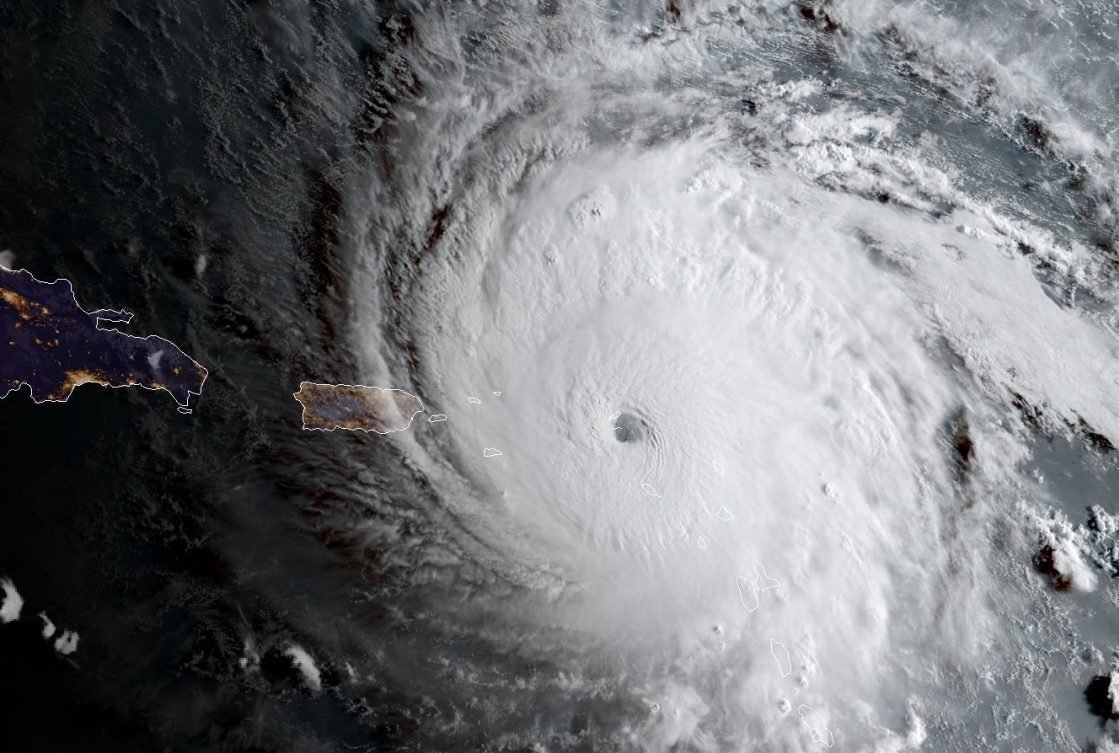
Captured by the National Oceanographic and Atmospheric Administration, Hurricane Irma made landfall as a Category 5 on Sept. 6, 2017, in Puerto Rico. Photo courtesy of Cooperative Institute for Research in the Atmosphere.
The US government once tried to control the weather. Although scientists have widely debated the feasibility of cloud seeding, the US government has, over the decades, explored its potential combat utility. If successful, these endeavors offered the enticing possibility of controlling storms to stall enemy military operations, or creating fog banks to conceal the movement of US commandos deep inside enemy territory.
Seeding clouds involves the release of substances into the atmosphere to catalyze the formation of ice crystals, which then fall as precipitation. These rain-inducing substances range from harmless table salt to other compounds such as silver iodide and potassium iodide. Electric charges and infrared laser pulses can also help generate rain showers.
Operation Popeye
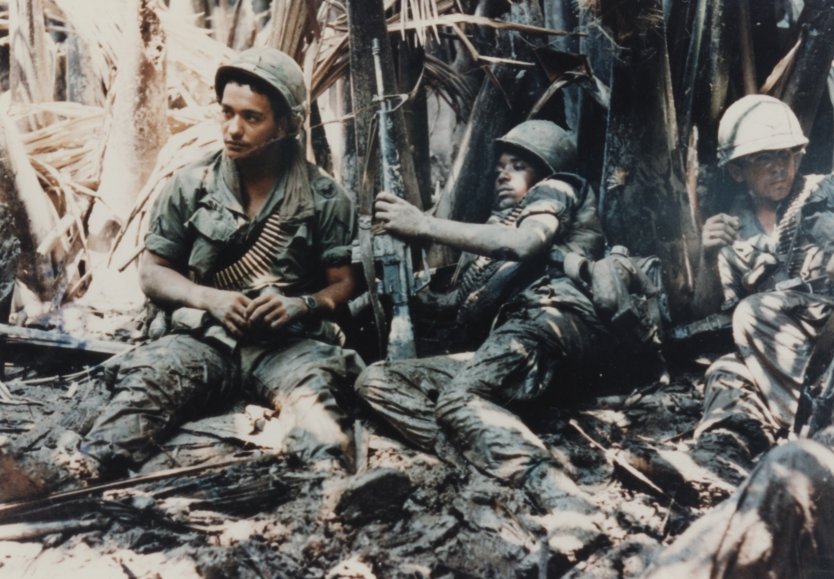
During the Vietnam War, North Vietnamese units often had trouble operating their motorized vehicles during the monsoon months. The annual flooding bogged them down in the mud. Cars stalled and engines drowned in high water. A draft operational proposal suggested that cloud seeding could successfully exacerbate the flooding and extend Vietnam’s monsoon season.
The US was sure the plan, known as Operation Popeye, would work. According to the Operation Popeye draft plan: “With respect to North Vietnam, we believe that as an interdiction measure Popeye operations would be less harmful to the population and area affected than bombing.”
According to a 1972 article from The New York Times, the military intended for Operation Popeye to provide cover for US commando teams infiltrating into North Vietnam. The added rainfall would also spoil Viet Cong attacks in South Vietnam and impede the use of roads and lines of communication.
Secretary of Defense Robert McNamara delayed the Operation Popeye proposal until tests proved it could work. After the concept was validated, the operation ran from 1967 to 1972. The 54th Weather Reconnaissance Squadron, the “Typhoon Chasers,” ran numerous sorties and earned a new nickname — the “Rain Makers.” However, the controversial project spurred an intelligence oversight hearing in 1974, which to the eventual international prohibition of environmental modification operations in 1977.
Project Cirrus
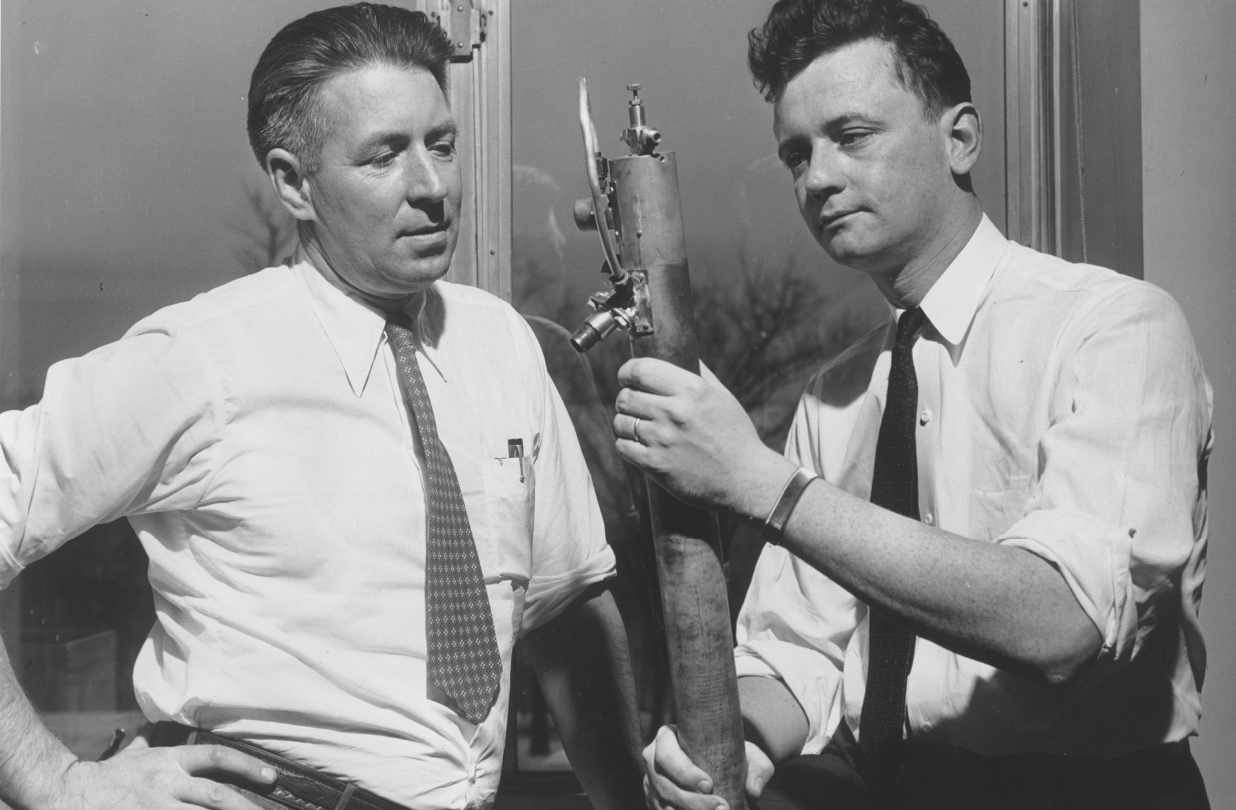
General Electric researchers conducted several experiments after World War II to counter icing on airplane wings. The research uncovered an interesting phenomenon. In 1946, Vincent Schaefer, a GE meteorologist, dispensed dry ice from a plane and, unexpectedly, caused it to snow in Pittsfield, Massachusetts.
Schaefer had inadvertently invented cloud seeding. Naturally, the US government was interested. When a hurricane approached the coast of Florida in October the following year, 1947, a coalition of government agencies spotted a chance to apply this new technique. Thus, Project Cirrus was born.
Under the program, B-17 bombers flew into the western rain bands of the Cape Sable hurricane — a tempest later nicknamed “King.” The bombers dropped some 80 kilograms, or approximately 176 pounds, of dry ice into the storm clouds. At once, the storm made a drastic turn toward the coast of Savannah, Georgia, thereafter inflicting approximately $2.75 million in damage.
Citizens in Georgia and northern Florida were incensed to learn that the government’s meddling might have caused the hurricane’s sharp change in direction. However, the resultant court cases against the government foundered after meteorologists testified that previous storms had taken nearly identical paths. Thus, unable to prove the government’s complicity, the lawsuits failed. Consequently, the ruling apparently confirmed that a mere 80 kilograms of dry ice wasn’t enough to change a hurricane’s path.
Nevertheless, the disastrous public relations fallout from Project Cirrus turned cloud-seeding technology into a pariah program. GE terminated the project in 1948.
Project Stormfury
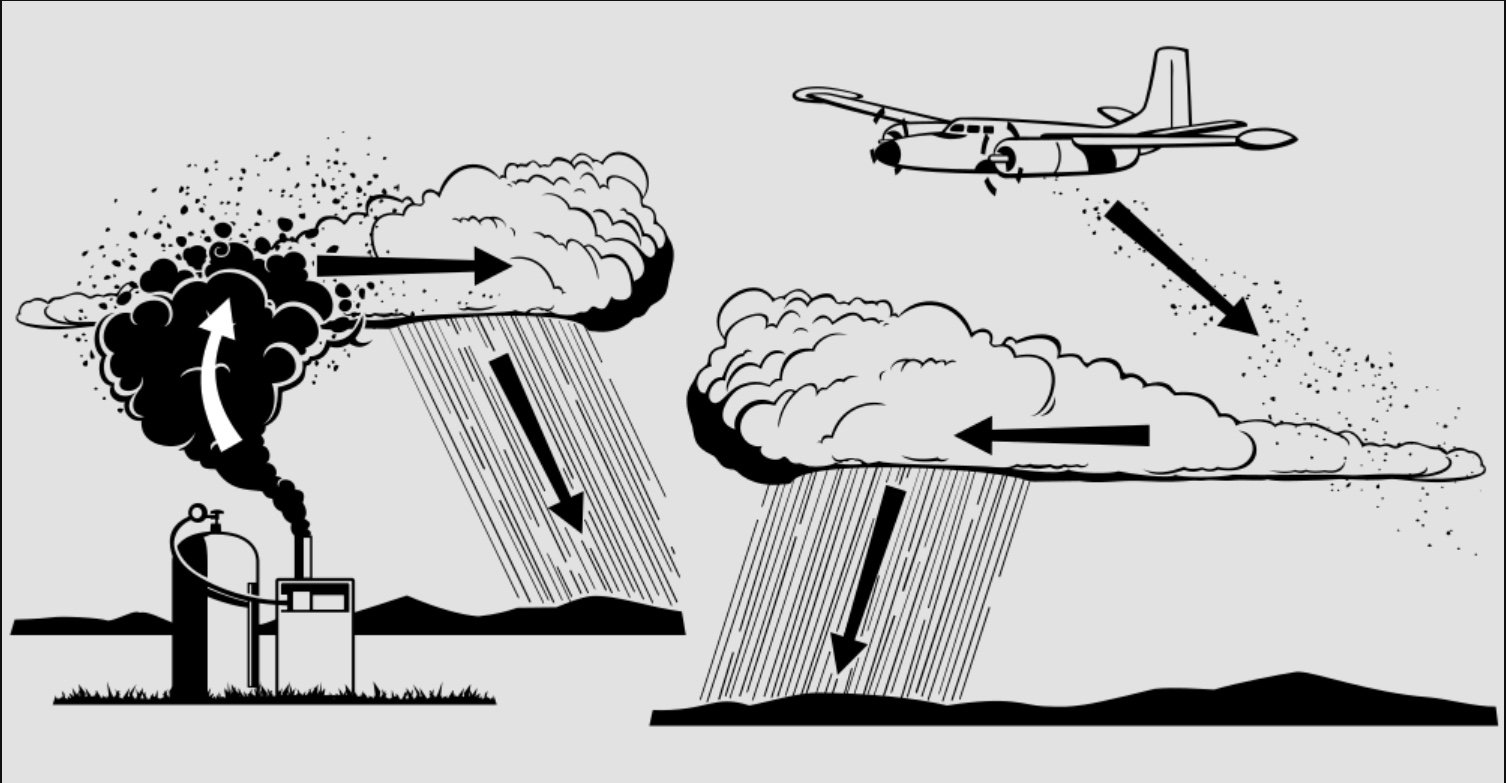
In 1962, more than a decade after Project Cirrus, the National Weather Service, the Navy, and the National Science Foundation joined forces to test the capability of cloud-seeding processes in slowing hurricanes. Learning from the calamitous publicity of Project Cirrus, the agencies tightened their rules and established a clear scientific objective.
They named the endeavor Project Stormfury.
“All seeding with Stormfury was carried out only if a storm met a long list of criteria,” Earth magazine, an American Geosciences Institute publication, wrote in 2016. “Including a less than 10 percent chance of hitting land within a day of seeding even if the storm made a sudden turn like the Oct.13 [Project Cirrus] hurricane.”
The project proceeded with several seeding attempts and grew to include several newly minted federal science agencies, as well as the US Air Force. Project Stormfury finally found its ideal cloud-seeding candidate in 1969’s Hurricane Debbie. Stormfury scientists seeded Debbie for two full days.
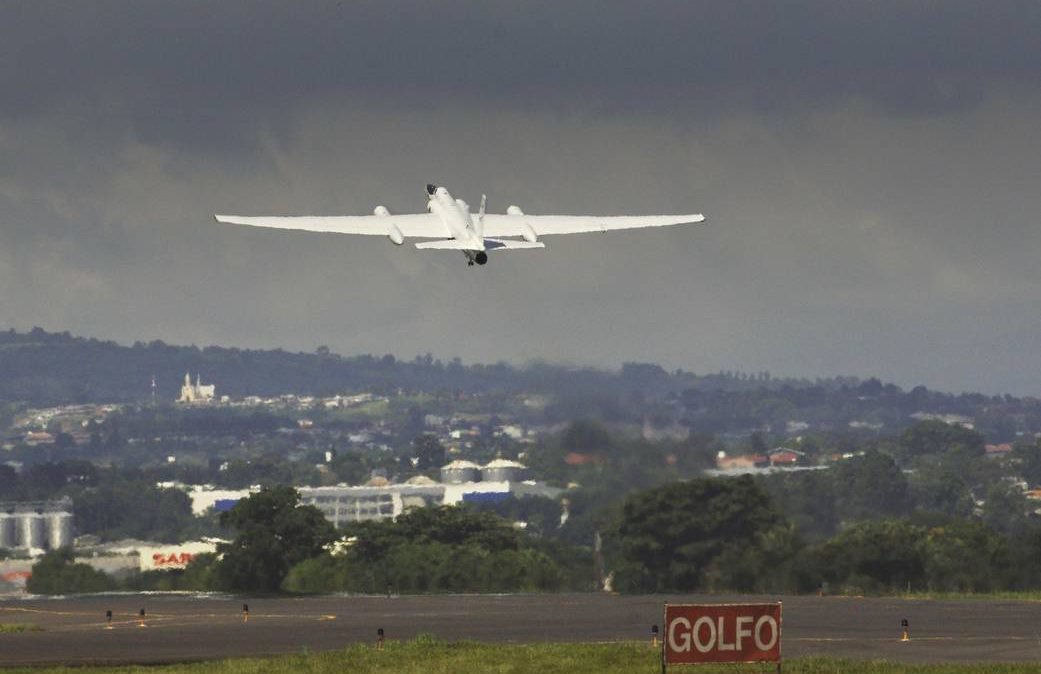
At first, the results appeared promising. Ultimately, however, and despite several subsequent cloud-seeding experiments, Project Stormfury never fully proved its concept. The project officially ran until 1983, and its final cloud-seeding experiment was conducted on Hurricane Ginger in 1971.
Stormfury might have failed in providing the US with a reliable way to control the weather, but it did succeed in funding incredible research into the mechanics of hurricanes, cyclones, and tropical depressions. The project led to the formation of the National Oceanic and Atmospheric Administration and the National Weather Service, which can now provide early warnings to those living in the path of approaching storms.
The US government classified several of its weather control research programs, thereby sparking an inevitable deluge of conspiracy theories. Numerous rumors circulate regarding other top-secret government endeavors at environmental manipulation.
To date, nonetheless, it remains illegal under international law to control the weather for combat purposes. However, countries like China have reportedly conducted recent weather control research — raising the unwelcome specter of a weather-control arms race. Just what the world needs, right?
Read Next:

Lauren Coontz is a former staff writer for Coffee or Die Magazine. Beaches are preferred, but Lauren calls the Rocky Mountains of Utah home. You can usually find her in an art museum, at an archaeology site, or checking out local nightlife like drag shows and cocktail bars (gin is key). A student of history, Lauren is an Army veteran who worked all over the world and loves to travel to see the old stuff the history books only give a sentence to. She likes medium roast coffee and sometimes, like a sinner, adds sweet cream to it.
BRCC and Bad Moon Print Press team up for an exclusive, limited-edition T-shirt design!
BRCC partners with Team Room Design for an exclusive T-shirt release!
Thirty Seconds Out has partnered with BRCC for an exclusive shirt design invoking the God of Winter.
Lucas O'Hara of Grizzly Forge has teamed up with BRCC for a badass, exclusive Shirt Club T-shirt design featuring his most popular knife and tiomahawk.
Coffee or Die sits down with one of the graphic designers behind Black Rifle Coffee's signature look and vibe.
Biden will award the Medal of Honor to a Vietnam War Army helicopter pilot who risked his life to save a reconnaissance team from almost certain death.
Ever wonder how much Jack Mandaville would f*ck sh*t up if he went back in time? The American Revolution didn't even see him coming.
A nearly 200-year-old West Point time capsule that at first appeared to yield little more than dust contains hidden treasure, the US Military Academy said.












